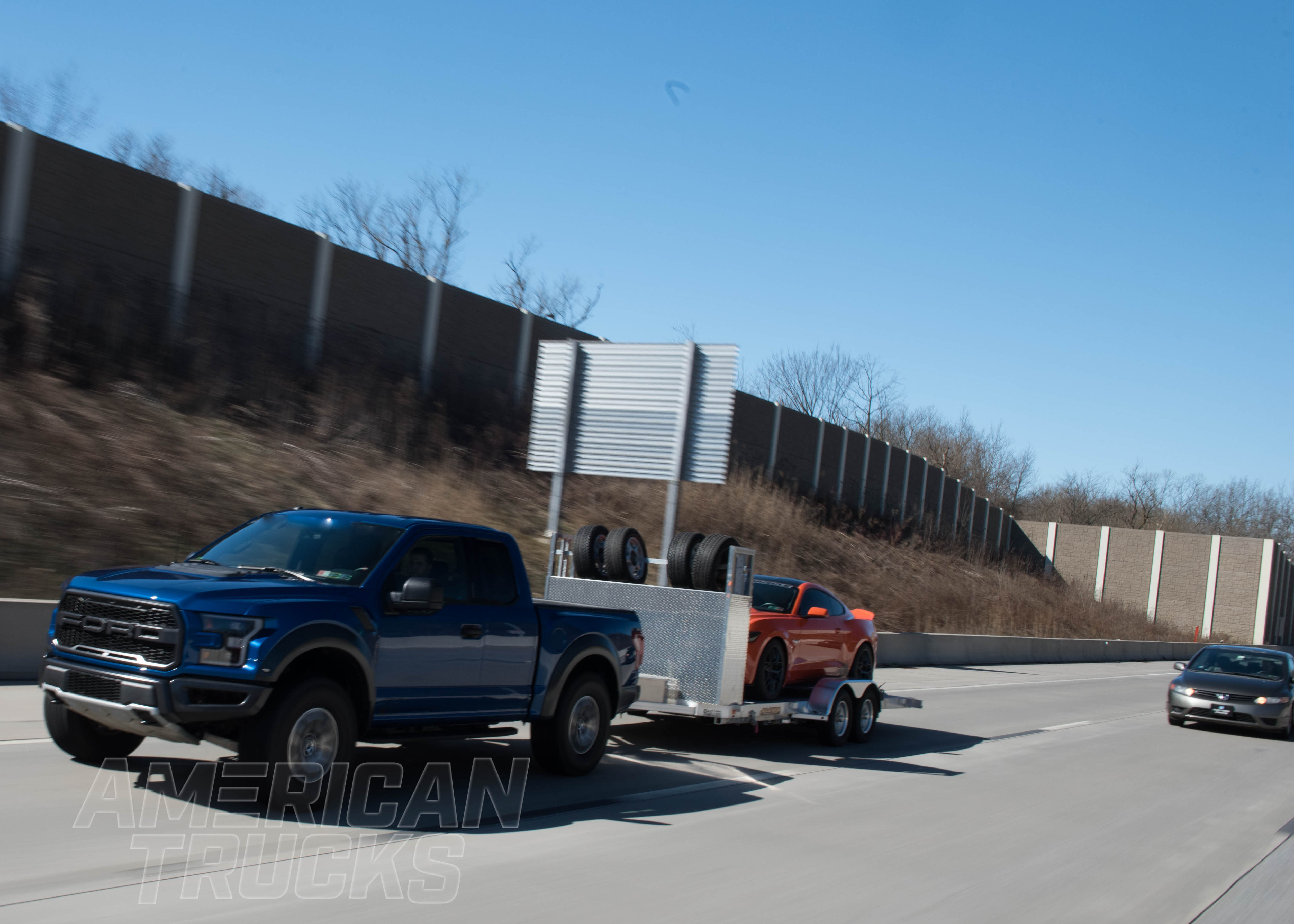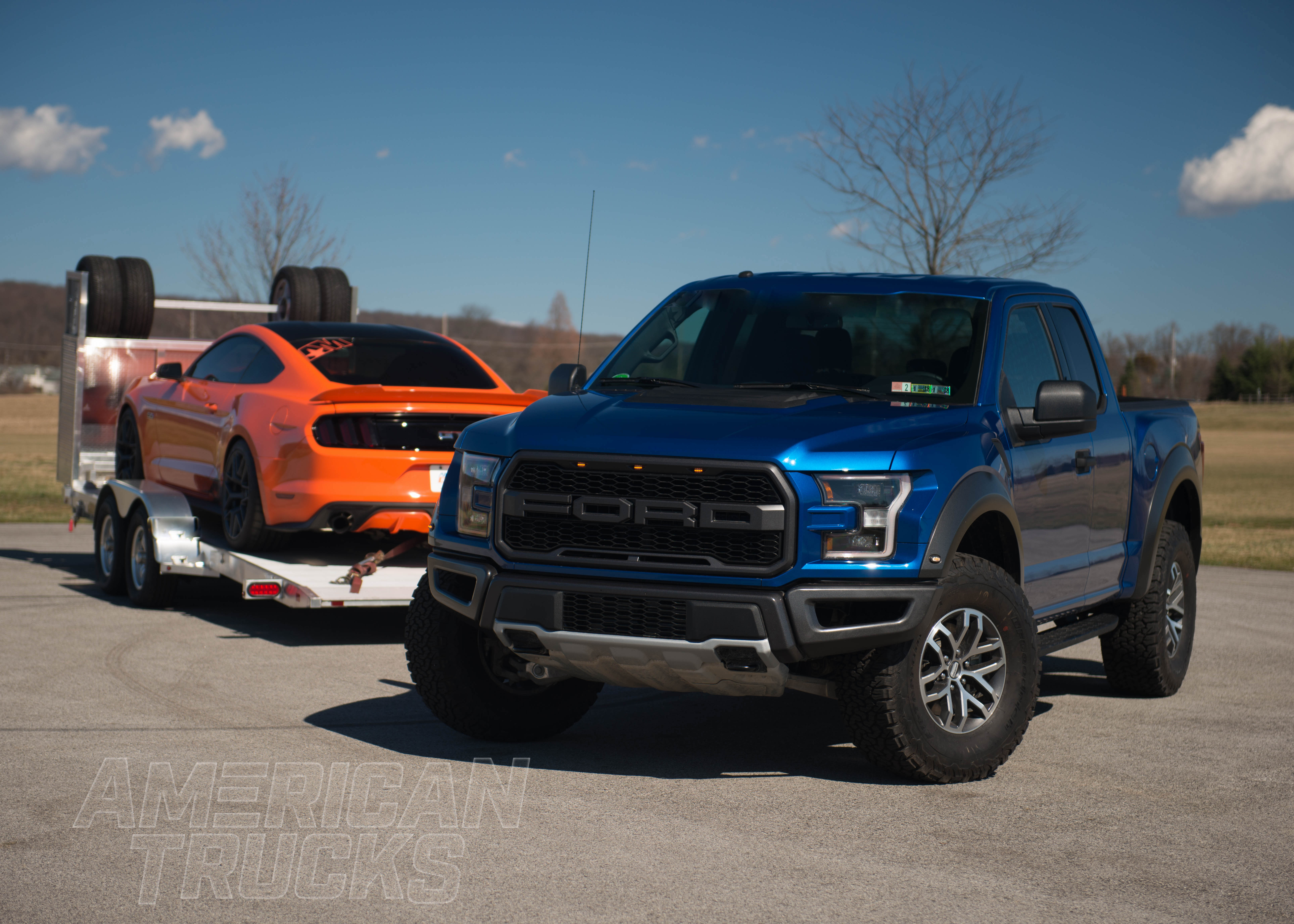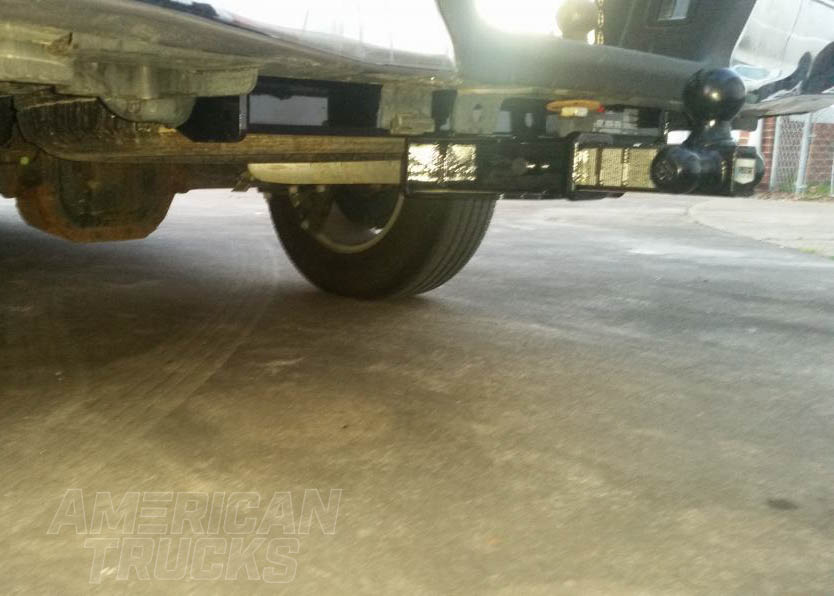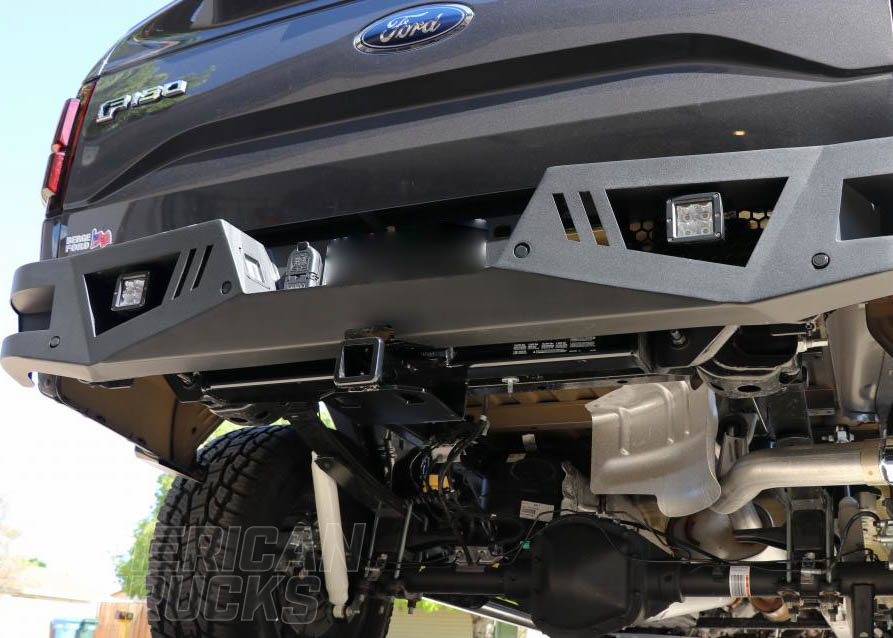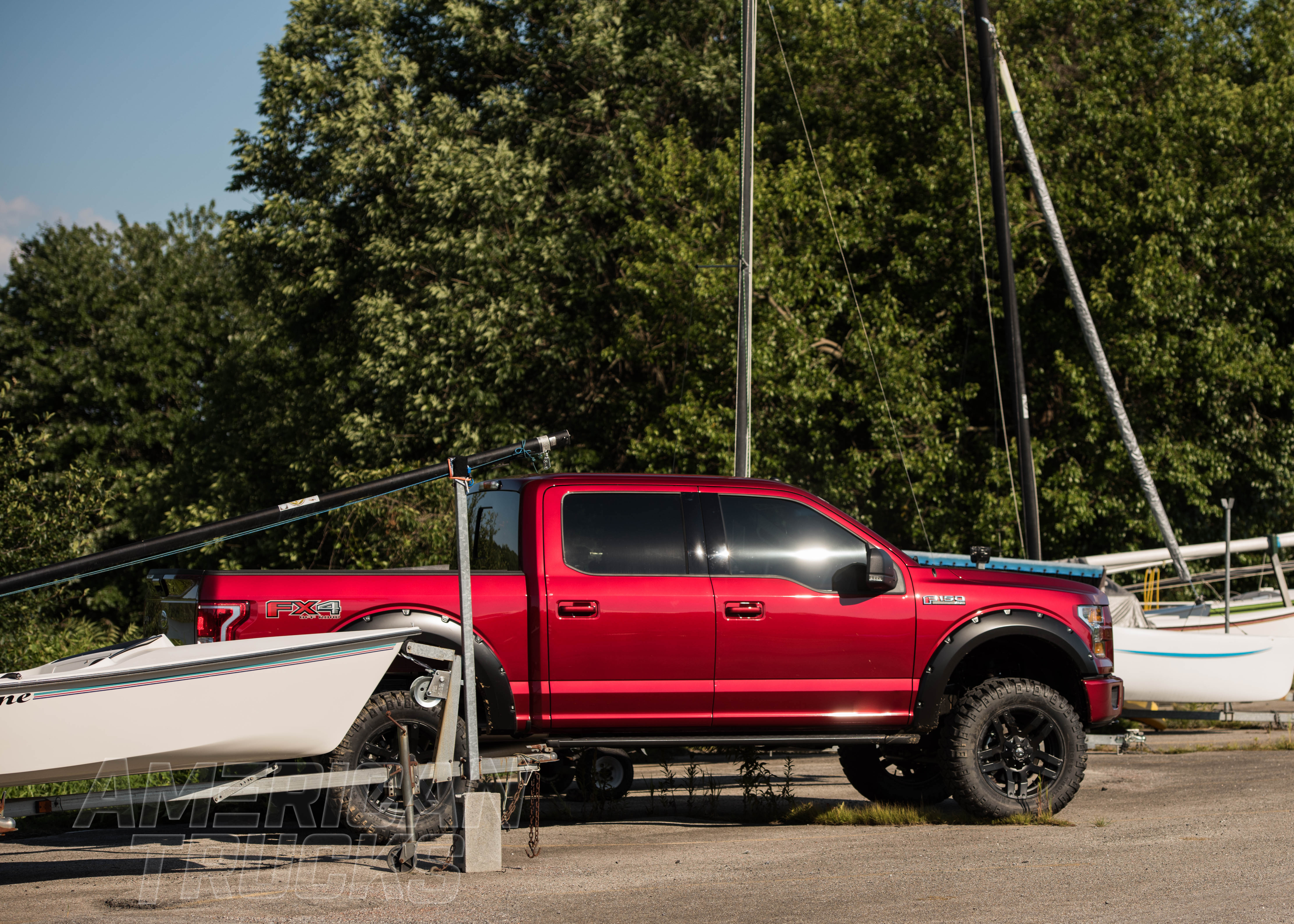The Ford F150 was designed to be a workhorse and to be used as another tool in your shed. The F150 has always offered towing capabilities and payloads that have served as a benchmark for the rest of the competition. No matter if you’re hauling your work trailer or a camper for the weekend, your F150 can take it all and this guide will go over how you maximize your towing performance with the right mods.
Contents
- How Much Can My 1997-2017 F150 Tow?
- How Can I Improve My F150’s Towing Capacity?
- How Can I Make My F150 Tow More Efficiently/Easier?
- F150 Hitches & Hitch Receivers Explained
- F150 Hitch Receivers Explained
- F150 Hitch Connectors Explained
- F150 Load Assists & Suspension Upgrades Explained
- Improving Your F150’s Rear Visibility When Towing With Mirrors
- Can I Still Tow A Trailer If My F150 Has A Lift Kit?
- How To Fix F150 Bumper & Hitch Clearance Issues
Shop F150 Hitches & Towing
The F150 platform has pushed the limits and expectations of what a truck can pull off when called into to action.To help get the most of your trucks potential it is important to have equipment that is up to the task. Keep your towing equipment up to date to keep your truck and your haul safe and sound on the road.

